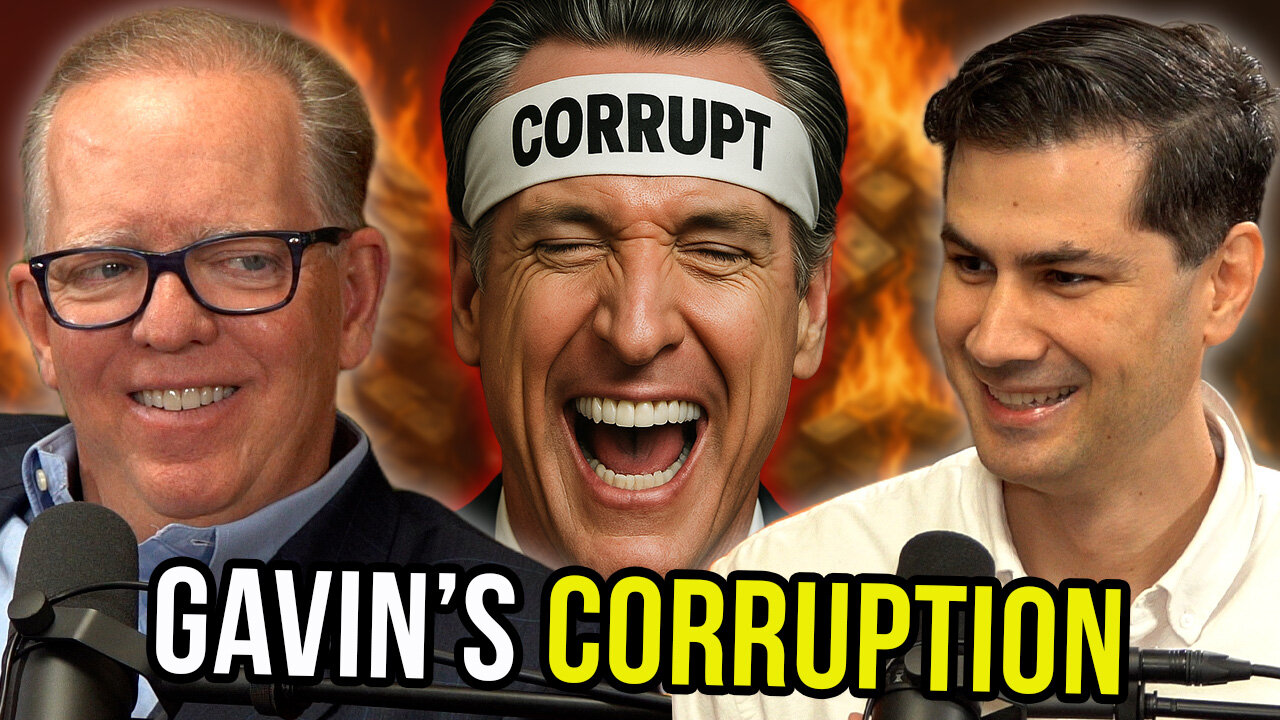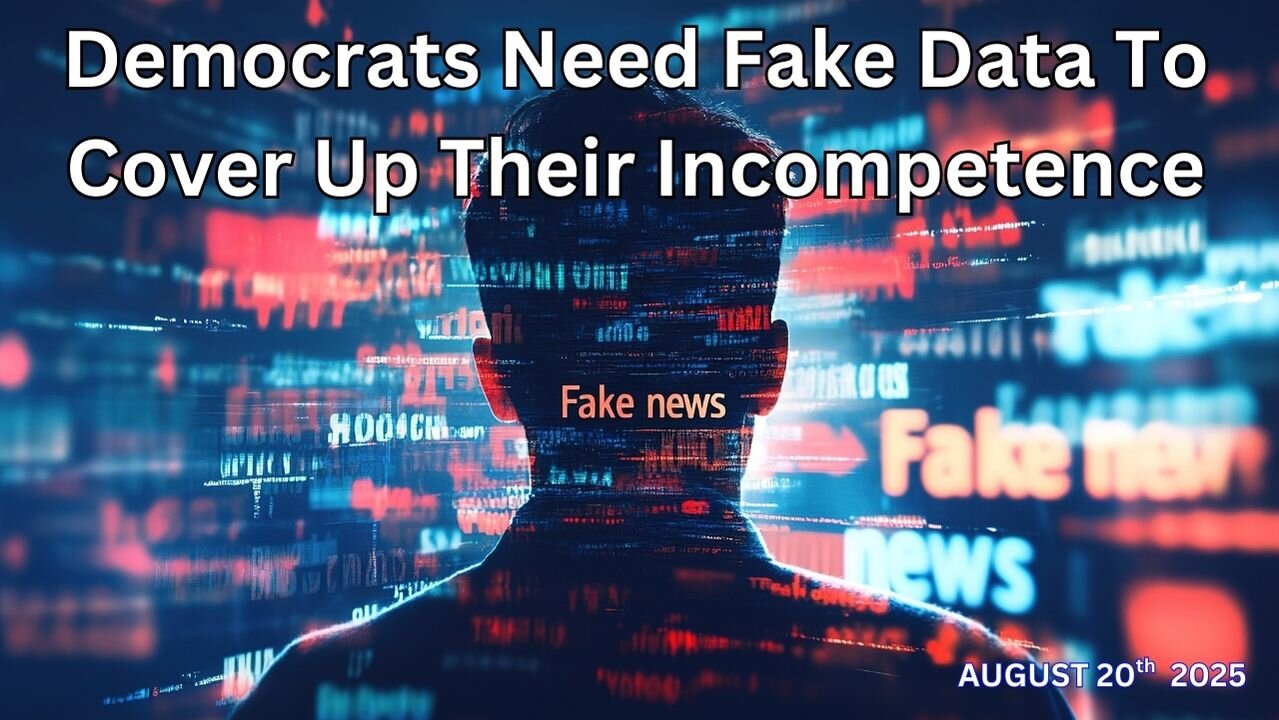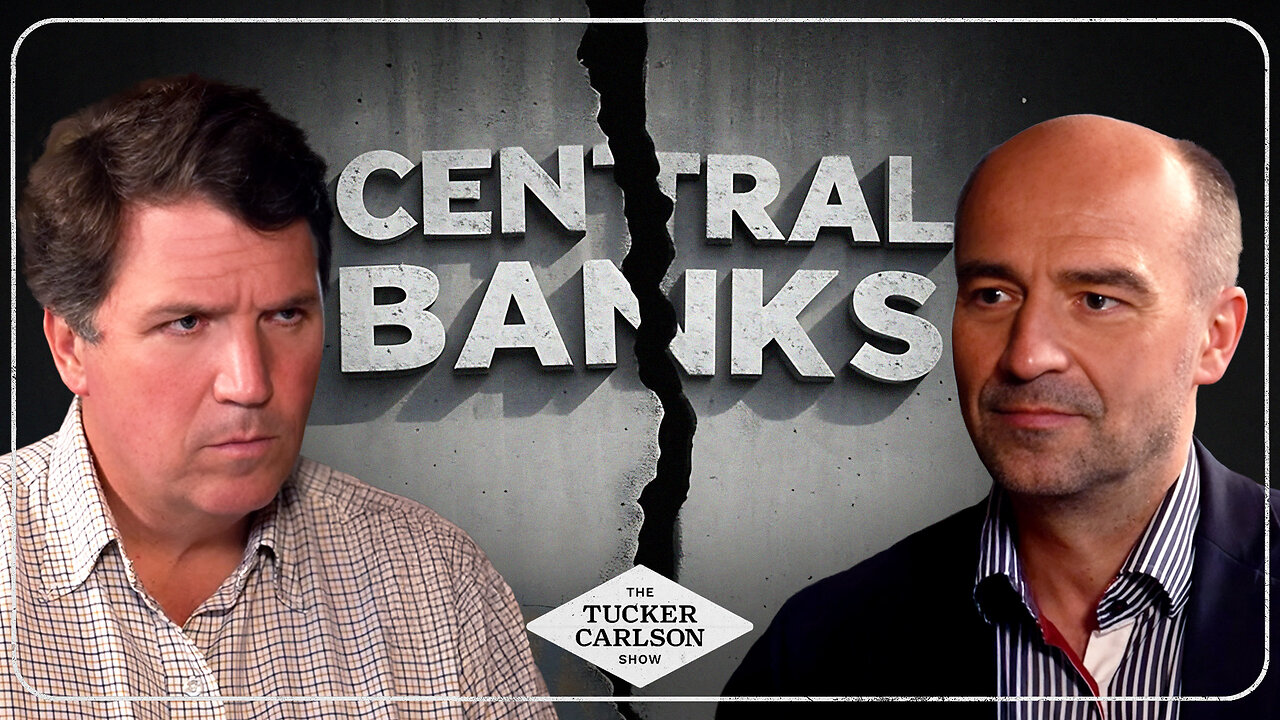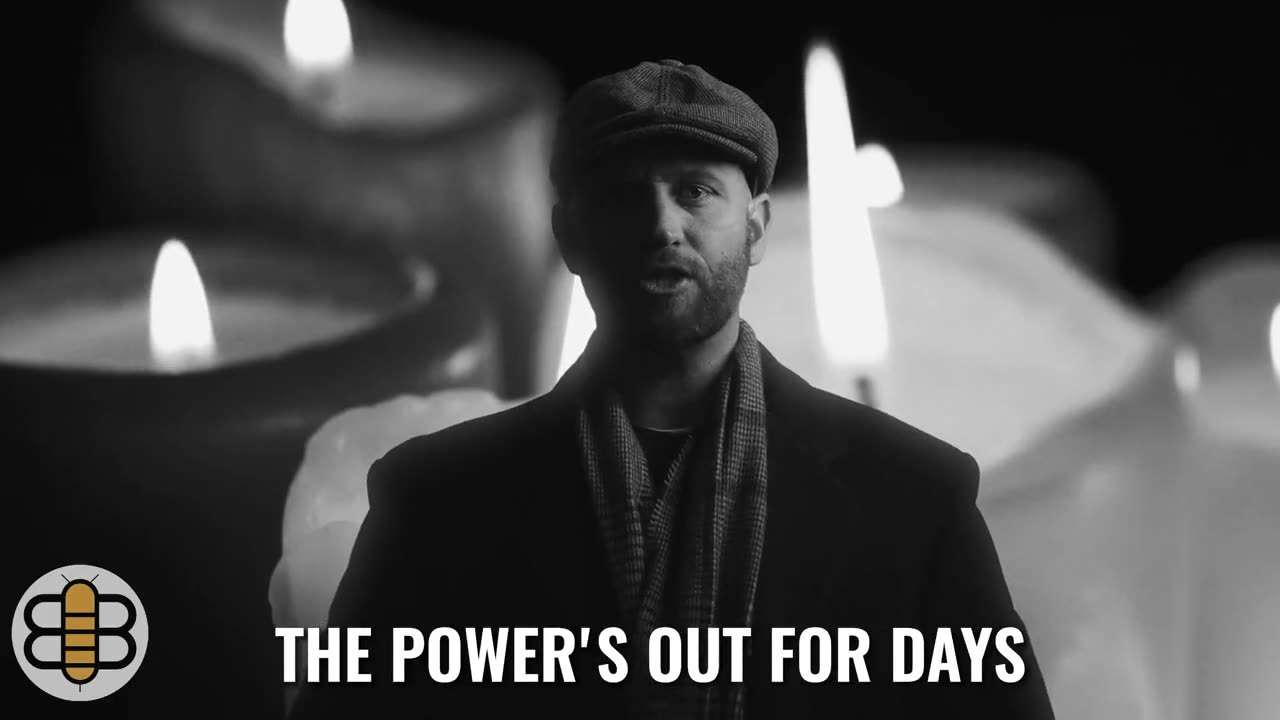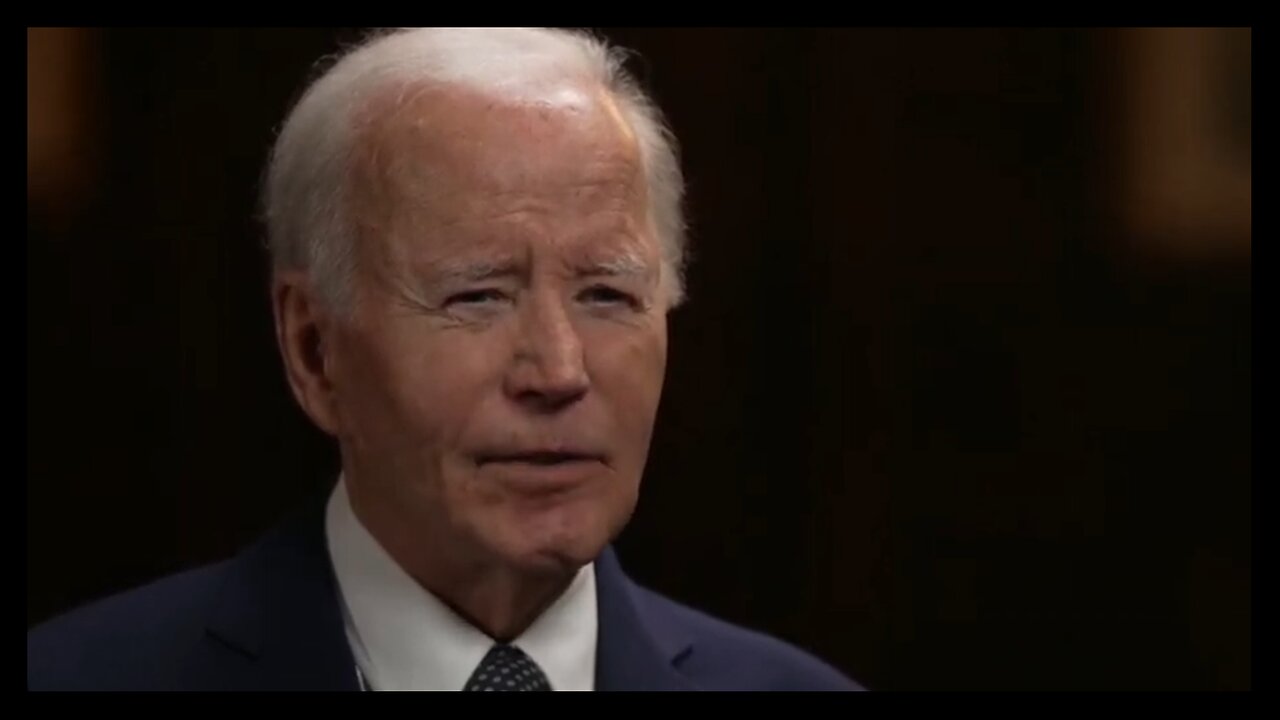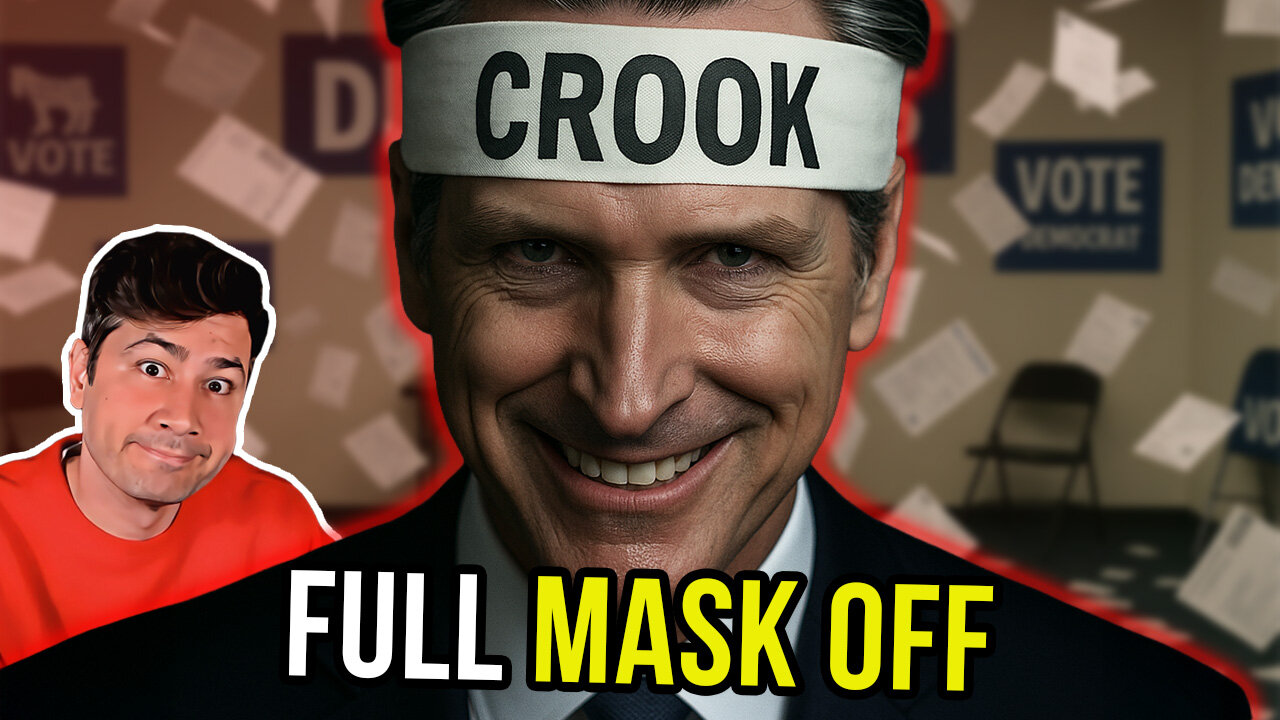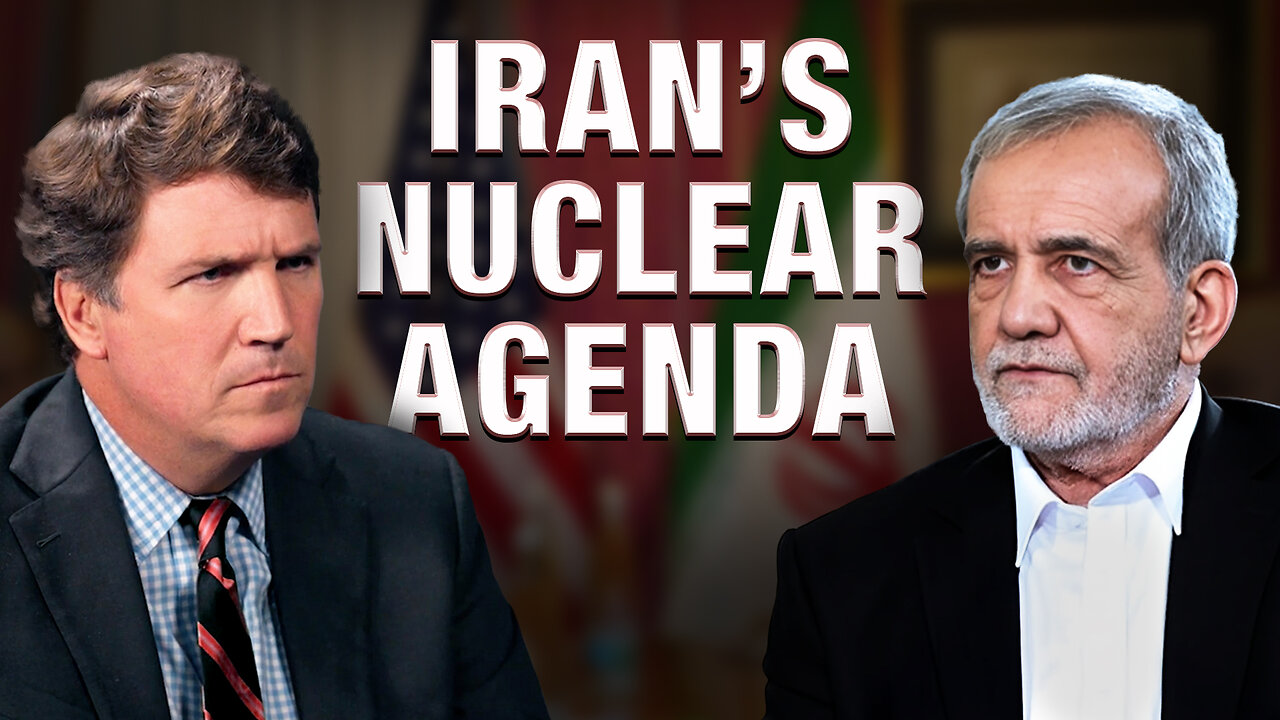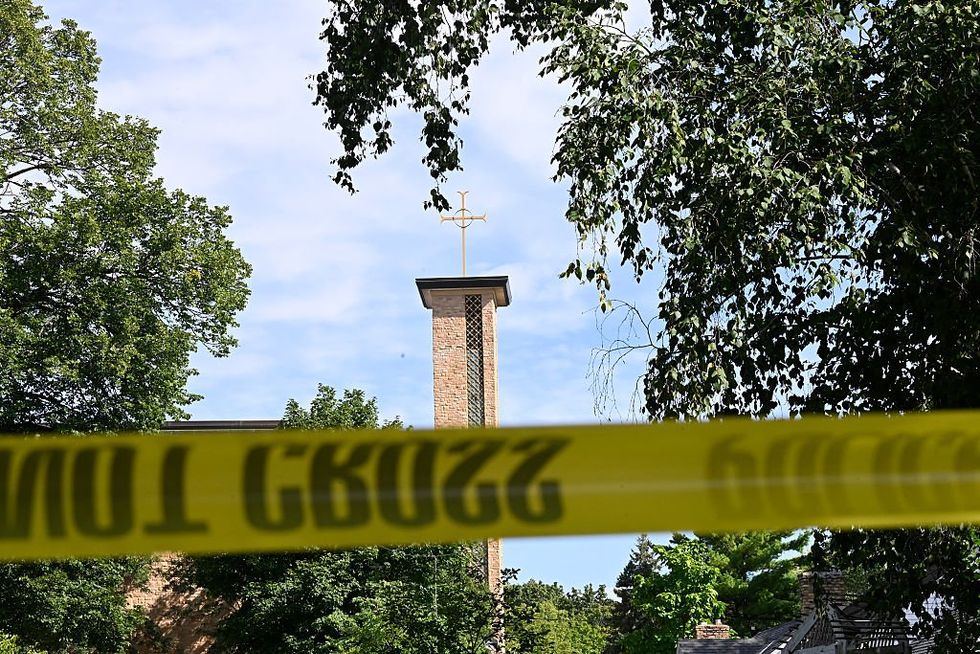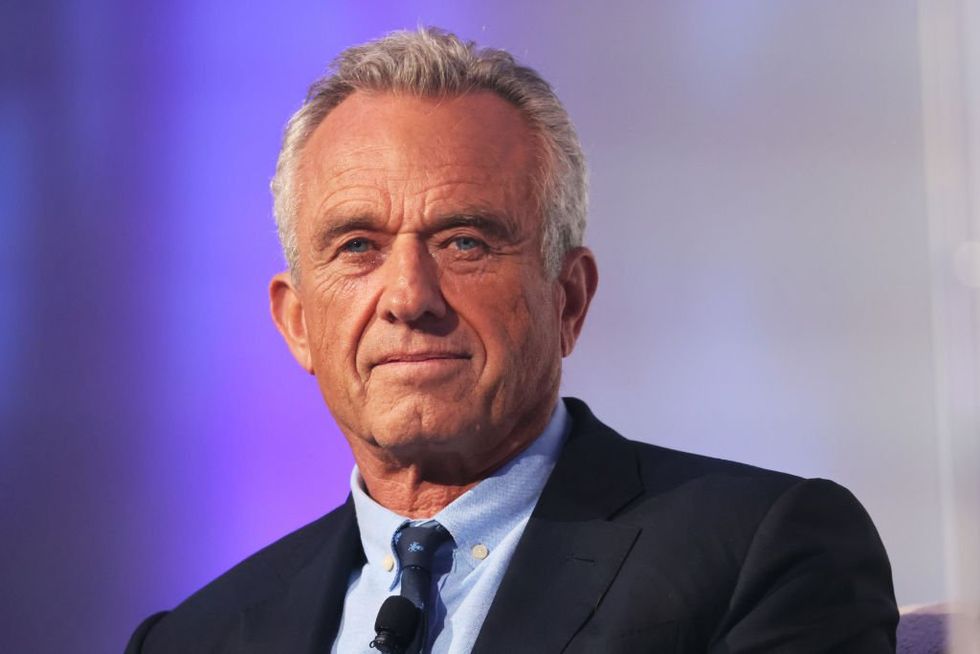Democrat Governors’ Energy Policies Bend Economics—and Reality
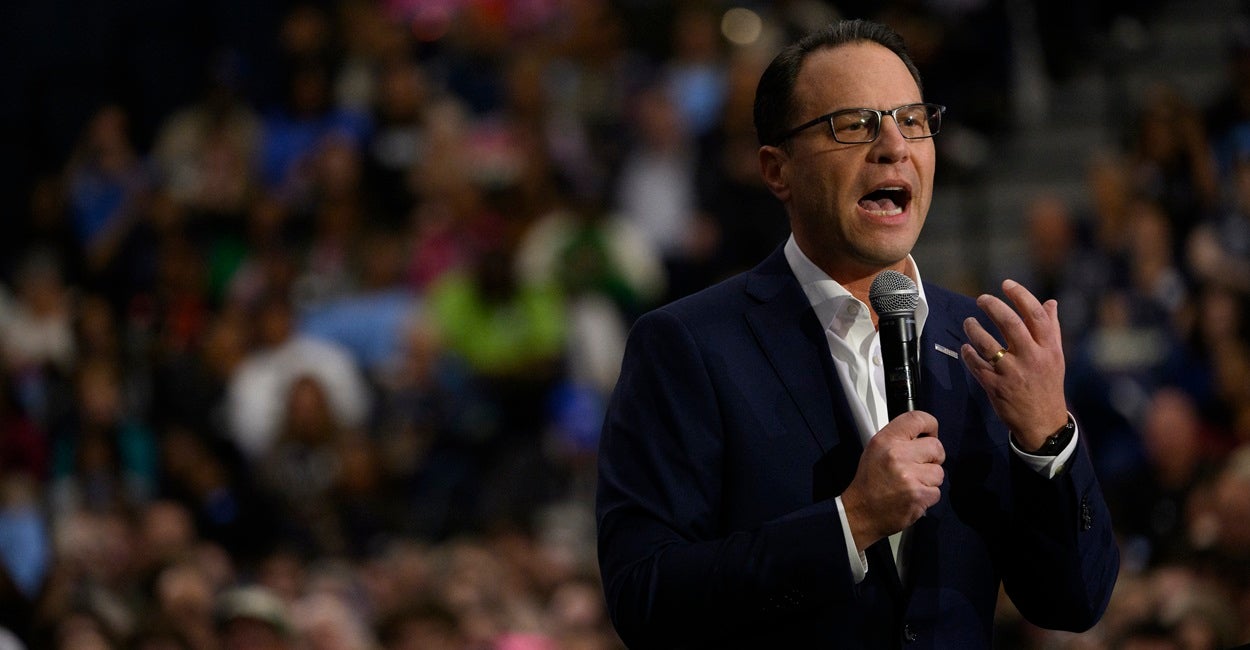
It’s no secret that energy prices are on the rise. High demand for electricity and tight supplies—exacerbated by early retirements of coal-fired power plants—strain grid capacity nationwide. But rather than take accountability for destructive policies that produced these conditions, Democrat governors play the blame game.
In October, electric grid operator PJM Interconnection received a joint letter from five Democrat governors—Pennsylvania’s Josh Shapiro, Illinois’ JB Pritzker, New Jersey’s Phil Murphy, Maryland’s Wes Moore, and Delaware’s John Carney. According to them, PJM, which supplies electricity to 13 states and the District of Columbia, has gouged customers with its annual capacity auctions.
These auctions are where power producers bid to gain access to the grid to distribute electricity they generate. Last year, a shortage of suppliers drove bids higher, resulting in $14.7 billion in additional costs that households and businesses will absorb in their electricity bills.
Shapiro took a step further than just cowriting the letter: his December complaint against PJM with the Federal Energy Regulatory Commission. The Pennsylvania governor called PJM’s recent auction the “largest unjust wealth transfer in the history of U.S. energy markets.”
PJM has since agreed to lower its auction price cap. Though he’s already taking a victory lap, Shapiro achieved very little in building electrical capacity, and Pennsylvania will still see rate hikes.
The five states complaining to the Federal Energy Regulatory Commission have some of the nation’s more expensive electricity. And it’s all their fault. For years, these states have indulged in ideological schemes—enacted into law by renewable portfolio standards—that favor expensive wind and solar energy to the detriment of power plants fueled by more traditional coal and natural gas or nuclear fuel. These renewable portfolio standards require a minimum amount of wind and solar energy to be used before producers can sell electricity.
Whatever the merits of the governors’ criticisms, their states’ policies are a catalog of Green New Deal “solutions” that have decimated the energy sector. In the last decade, such programs have contributed to the alarming closure of more than 40% of the nation’s coal-fired power plants—some of the most economical and reliable generators of electricity. In Pennsylvania, data from the U.S. Energy Information Administration reveals a worrying two-decade drop in coal’s share of electric generation—from 57% to a paltry 12%.
While Pennsylvania’s decrease in coal-fired generation results primarily from cheaper natural gas, “green” programs also put the continued operation of gas-fired plants at risk. Notably, Shapiro’s predecessor, Democrat Tom Wolf, proposed in 2019 to institute a carbon tax through participation in the multistate Regional Greenhouse Gas Initiative, and that effectively killed new plant construction in the state.
Pennsylvania Building Trades union workers built $14 billion worth of Pennsylvania gas plants in the decade before the Wolf proposal but have built none since, according to testimony by Boilermakers union leader Shawn Steffee. “It is highly unlikely that we will build another plant under RGGI [the Regional Greenhouse Gas Initiative],” he said.
Shapiro, despite campaigning as a Regional Greenhouse Gas Initiative skeptic, has doubled down, appealing the Commonwealth Court’s rejection of the initiative’s tax and recommending an expansion of “green” energy.
Policies of neighboring states exhibit a similar lack of seriousness about price or reliability. Instead, they are racing to “outgreen” one another, competing to be, as Maryland puts it, “the greenest state in the country.” Maryland advertises planting 5 million trees by 2031 as a “key performance indicator” to “help fight climate change.”
But these environmental plans are, at best, spurious. David Stevenson of the Caesar Rodney Institute calls them “a fantasy.” Delaware and Maryland, Stevenson argues, have, for example, focused on mandated increases in electric vehicles and offshore wind, the latter being “the most expensive way to generate electricity.”
The U.S. representative for Maryland’s 1st Congressional District confirmed Stevenson’s assessment. “I think leaders in Maryland should talk to their constituents,” said Rep. Andy Harris, a Republican. “They should understand the frustration with high energy bills and the fact that this was brought upon them by the actions of the Maryland General Assembly, which has basically mandated expensive, undependable sources of energy, again requiring energy to be brought into the state by unpopular power line projects.”
Harris encouraged his fellow lawmakers to abandon an unpopular power line project that imports energy from out of state. Maryland imports about 40% of its electricity.
New Jersey’s energy master plan is more of the same. The goals of New Jersey “are entirely driven by the objective of reducing the state’s contribution to global CO2 emissions,” writes Mark Mills, an energy analyst and director of the National Center for Energy Analytics. “[B]oth recent history and the underlying technology realities make it clear that the goals aren’t achievable; and even if they could be achieved, would lead to a minuscule reduction in global CO2 emissions.”
Mills suggests nuclear power as a better option for New Jersey’s environmental objectives.
The Garden State’s plan offers dubious environmental benefits and devastating economic consequences. Mills says wind and solar “cause overall systems costs to rise, due to practical reasons relating to operating reliable grids while using unreliable and episodic wind and solar sources.” A major factor is the need to back up weather-dependent technologies with reliable and abundant fossil fuels and nuclear energy, requiring a duplication of effort and expense.
It is time for policymakers to face the economic and physical realities of energy production. Their misguided efforts to reduce carbon emissions—from cap-and-trade schemes to government mandates favoring solar and wind—have proved costly to consumers and damaging to the reliability of power systems.
Governors have every right to ask questions of those managing electric grids. Yet, let’s not forget much of the wreckage about which they complain has its origin in state capitals.
We publish a variety of perspectives. Nothing written here is to be construed as representing the views of The Daily Signal.
The post Democrat Governors’ Energy Policies Bend Economics—and Reality appeared first on The Daily Signal.
Originally Published at Daily Wire, Daily Signal, or The Blaze
What's Your Reaction?
 Like
0
Like
0
 Dislike
0
Dislike
0
 Love
0
Love
0
 Funny
0
Funny
0
 Angry
0
Angry
0
 Sad
0
Sad
0
 Wow
0
Wow
0








